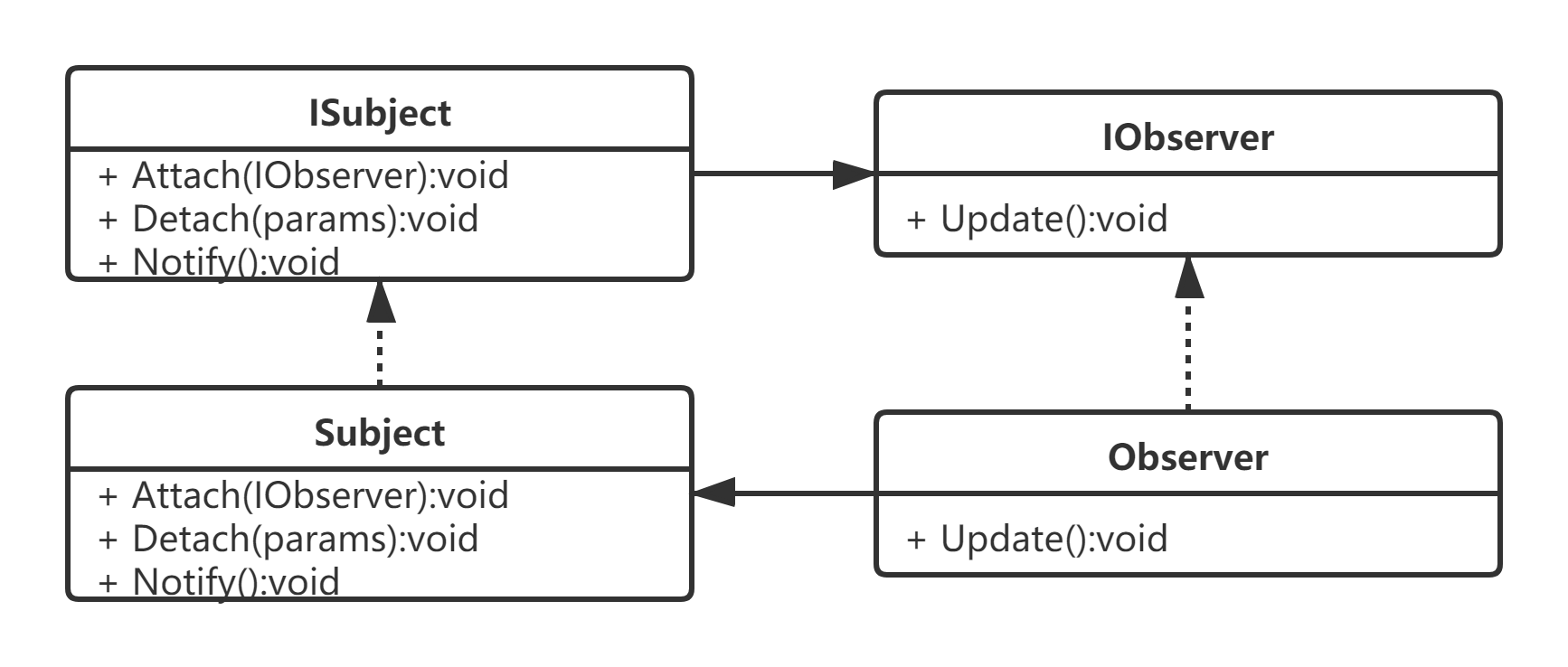环形缓冲区
服务器接收客户端数据需要缓冲区,缓冲区的主要作用有粘包和拆包。
如果出现了半包的情况,缓冲区内已经处理过的数据不需要了再处理了,但未被解析的数据需要一次array.copy使未读数据前移,等待下次接收形成完整数据。
环形缓冲区相比于普通缓冲区可以去掉未读数据前移这一步。
环形缓冲区的实现
upgraded/ringbuffer at main · thisred/upgraded (github.com)
环形缓冲区有很多实现,其中我觉得最好的一种就是:记录读总数和写总数,写总数减去读总数就是未读消息长度。写下标和读下标可通过取余得到。
环形缓冲区的写入
向环形缓冲区写入可分为两种情况:
- (写下标 + 未写入数据长度) % 数组长度 < 数组长度。这种情况直接写就行
- (写下标 + 未写入数据长度) % 数组长度 > 数组长度。超出的部分,从零开始写,直接覆盖掉之前写过的数据就行。
环形缓冲区的读取
从读下标读取所需长度即可,基本和写入的正常情况一致。
public class RingBuffer
{
private readonly int _capacity;
/// <summary>
/// 读总数
/// </summary>
private uint _readCount;
/// <summary>
/// 写总数
/// </summary>
private uint _writeCount;
/// <summary>
/// 构造函数,初始化缓冲区,设置缓冲区大小
/// </summary>
/// <param name="size">缓冲区大小,必须为2的幂</param>
public RingBuffer(int size = 8192) : this(new byte[size])
{
}
private RingBuffer(byte[] buffer)
{
if ((buffer.Length & (buffer.Length - 1)) != 0)
throw new Exception("数组长度必须为2的幂");
Array = buffer;
Capacity = buffer.Length;
_readCount = 0;
_writeCount = 0;
}
/// <summary>
/// 缓冲区大小,必须为2的幂
/// </summary>
public int Capacity
{
get => _capacity;
private init
{
_capacity = value;
_bufferSizeMask = value - 1;
}
}
private readonly int _bufferSizeMask;
public byte[] Array { get; }
/// <summary>
/// 写下标
/// </summary>
public int WriteIndex => (int)(_writeCount & (uint)_bufferSizeMask);
/// <summary>
/// 读下标
/// </summary>
public int ReadIndex => (int)(_readCount & (uint)_bufferSizeMask);
/// <summary>
/// 缓冲区未读数据长度
/// </summary>
public int DataLength => (int)(_writeCount - _readCount);
/// <summary>
/// 剩余空间
/// </summary>
public int RemainingLength => Capacity - DataLength;
/// <summary>
/// 向环形缓冲区中写给定数组
/// </summary>
/// <param name="srcBytes">要写入缓冲区的数组</param>
/// <param name="srcOffset">给定数组的偏移量</param>
/// <param name="count">写入长度</param>
/// <returns>是否写入完毕</returns>
public void Write(byte[] srcBytes, int srcOffset, int count)
{
if (srcBytes == null || srcBytes.Length == 0) return;
if (srcOffset > srcBytes.Length) return;
// 剩余空间 = 数组长度 - 写下标
var remainingLength = Capacity - WriteIndex;
// 剩余空间 > 写入长度
if (remainingLength > count)
{
System.Buffer.BlockCopy(srcBytes, srcOffset, Array, WriteIndex, count);
}
else
{
// 剩余空间 < 写入长度
System.Buffer.BlockCopy(srcBytes, srcOffset, Array, WriteIndex, remainingLength);
System.Buffer.BlockCopy(srcBytes, remainingLength, Array, 0, count - remainingLength);
}
_writeCount += (uint)count;
}
/// <summary>
/// 读取数据到目标字节数组
/// </summary>
/// <param name="destination">目标字节数组</param>
/// <param name="dstOffset">目标字节数组偏移量</param>
/// <param name="count">读取长度</param>
/// <returns>读取长度</returns>
public void ReadBytes(byte[] destination, int dstOffset, int count)
{
if (destination == null) return;
if (dstOffset > destination.Length) return;
if (DataLength < count) return;
var remainingLength = Capacity - ReadIndex;
if (remainingLength > count)
{
System.Buffer.BlockCopy(Array, ReadIndex, destination, dstOffset, count);
}
else
{
System.Buffer.BlockCopy(Array, ReadIndex, destination, 0, remainingLength);
System.Buffer.BlockCopy(Array, 0, destination, remainingLength, count - remainingLength);
}
_readCount += (uint)count;
}
}
大致实现就是这样,每次有消息过来就写在缓冲区里,增加写总数,读取就增加读总数,写总数减去读总数就是未读消息大小。
其他
用uint声明写总数和读总数为了使写总数与读总数超过uint范围时,此时相减还能得到未读消息大小。
缓冲区大小必须为2的幂是因为,写下标和读下标可直接用与运算得到下标值,避免了使用%取余。



